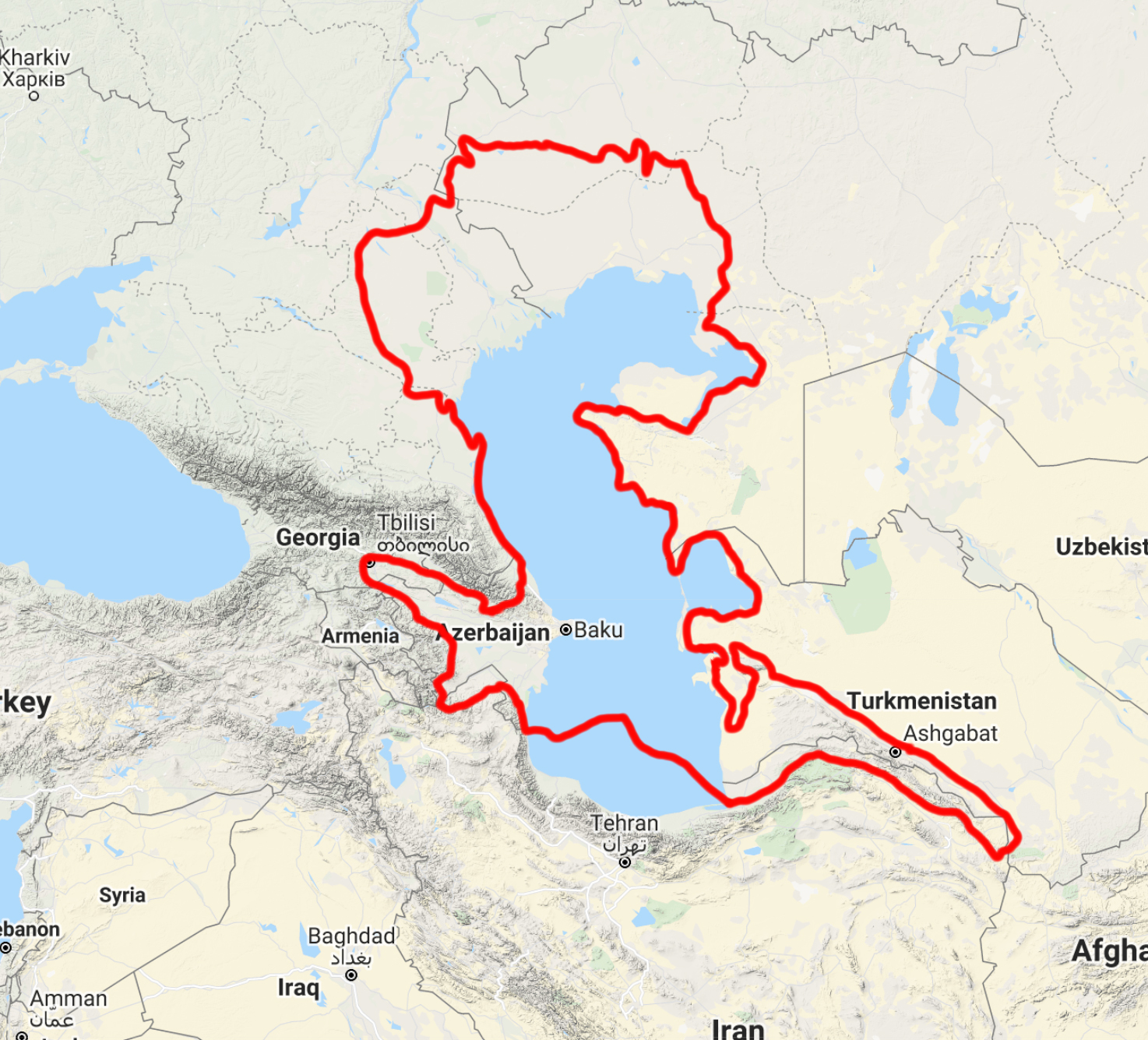Syrian brown bears: Unveiling a hidden side of the Middle East
- Nature Conservation
- Land Conservation
- Iconic Species
- Wildlife
- Mammals
- Persian Deserts & Forests
- Central Eurasia Realm
One Earth’s “Species of the Week” series highlights an iconic species that represents the unique biogeography of each of the 185 bioregions of the Earth.
When one envisions the wild Middle East, images of endless sand dunes under a scorching sun often come to mind. However, a lesser-known aspect of this region features mountain slopes cloaked in juniper forests, vibrant meadows adorned with colorful flowers, and hedges of pistachio, almond, and maple trees carpeting the forest floor.
Amidst this diverse landscape, a fascinating array of wildlife thrives, including the noble mouse-like hamster, jackal, red fox, wild sheep, mountain goats, lynx, and the elusive Persian leopard.
Yet, standing out among these inhabitants is the Syrian brown bear—a remarkable species with distinctive white claws and straw-colored fur, bridging the gap between its polar and grizzly bear relatives.

The Syrian brown bear is the Iconic Species of the South Caspian Coastal & Mountain Mixed Forests Bioregion (PA28).
A small range for a big bear
Stretching from the lush ranges of Northern Iran along the Caspian Sea to the majestic Caucasus mountains and into Turkey, Syrian brown bears inhabit a relatively small geographical area. Despite their limited range, they can reach sizes of up to four and a half feet in length from nose to tail and weigh over 500 pounds.
The life of an omnivore
These omnivorous bears have a diverse diet, consuming fruit, berries, seeds, plants, grasses, nuts, insects, and small mammals. As their habitat faces increasing encroachment due to agricultural development, they have been observed resorting to grains, harvested nuts, and even livestock.
Serving a dual role in their ecosystem
Like all bear species, Syrian brown bears play a crucial role in maintaining their ecosystem. They disperse seeds from the vegetation they consume, aiding in the reforestation and fertilization of the forest. As predators, they help regulate mammal populations and contribute to the ecosystem's health by scavenging carcasses, thereby keeping it in balance and helping to clean up the environment.
Mating and cubs in the New Year
Mating among Syrian brown bears is believed to occur between May and July, resulting in the birth of cubs around January or early February. Female bears construct winter dens in caves or hollow trees, primarily birch, to give birth and nurture their offspring.
The highs and lows in local folklore
The perception of Syrian brown bears varies among the native peoples in the region. Some locals, particularly in the Black Sea region, engage in illegal hunting for the bears' fat, even though it has been scientifically proven to have no medicinal value.
In contrast, people in the "Holy Land," as well as those in Jordan and Syria, hold the bear in high esteem, referencing it in the Hebrew Bible to symbolize maternal protectiveness and love. Historically, Syrian brown bears once roamed regions that now include Israel, Palestine, and Turkmenistan but were gradually driven out due to large-scale deforestation.
Sightings bring conservation hope
In recent years, sightings of these bears have provided hope for their potential resurgence. In 2004, tracks were recorded in the Lebanese mountains for the first time in sixty years, and similar sightings recurred in February 2011. A heartening moment occurred in December 2016 when a group of individuals in the Beqaa Valley reportedly filmed a female bear with her cub in the snow, suggesting that these remarkable creatures may be reclaiming some of their former territory.
This unique bear species, with its distinctive characteristics and ecological significance, stands as a testament to the remarkable biodiversity that thrives in the unexplored corners of the Middle East.
Explore Earth's Bioregions


